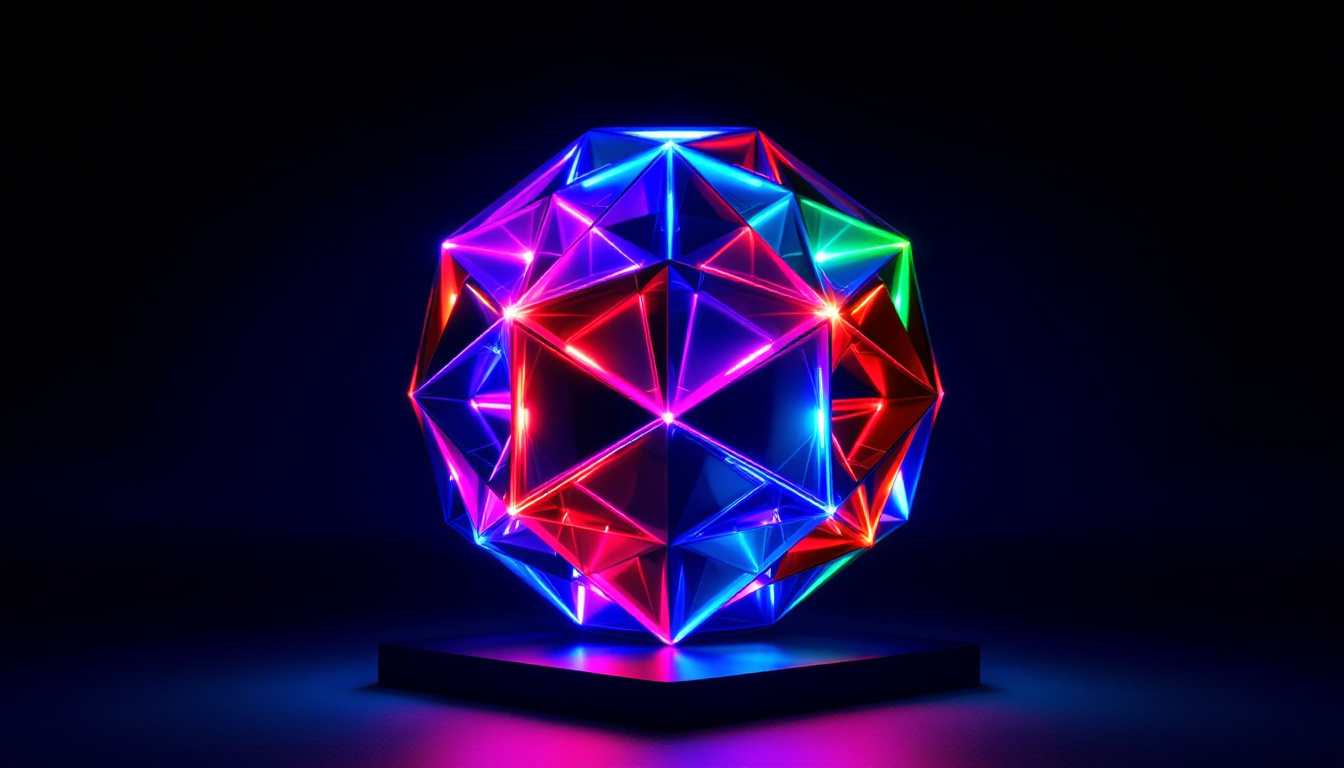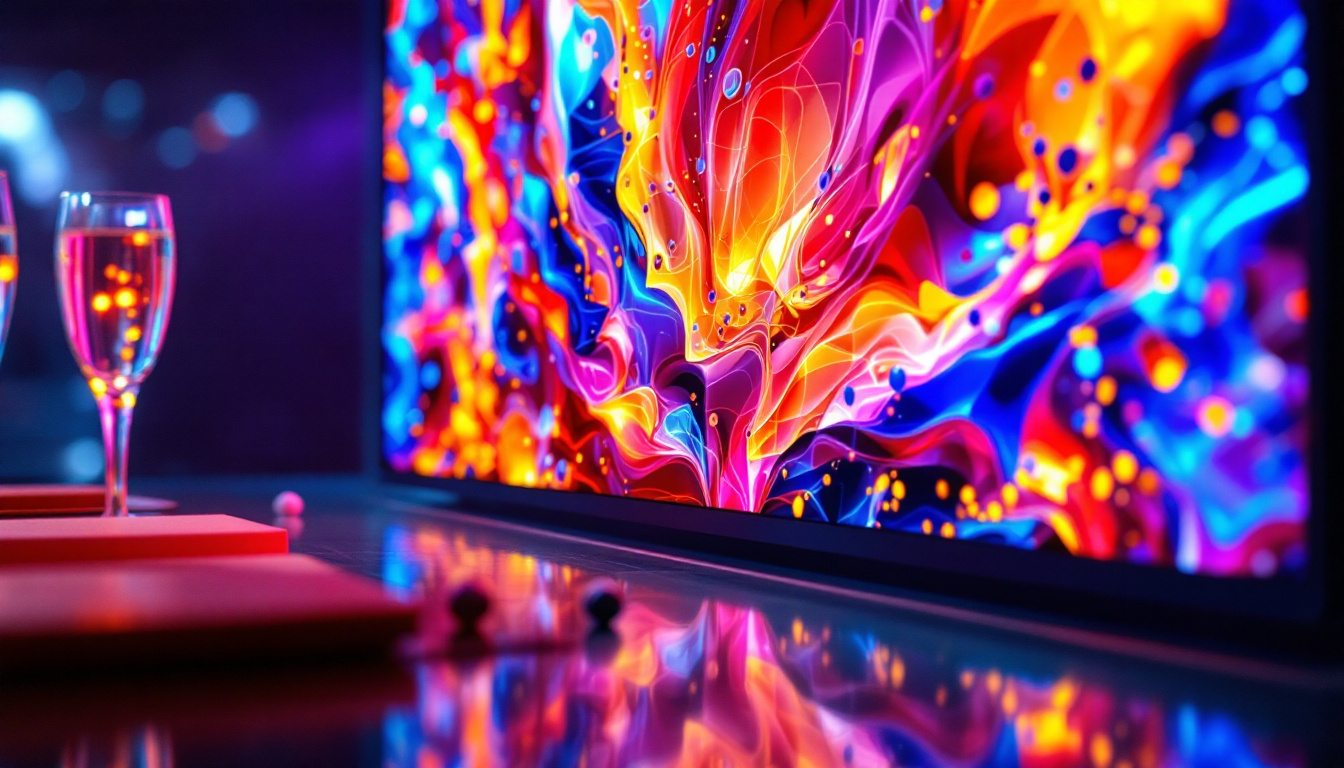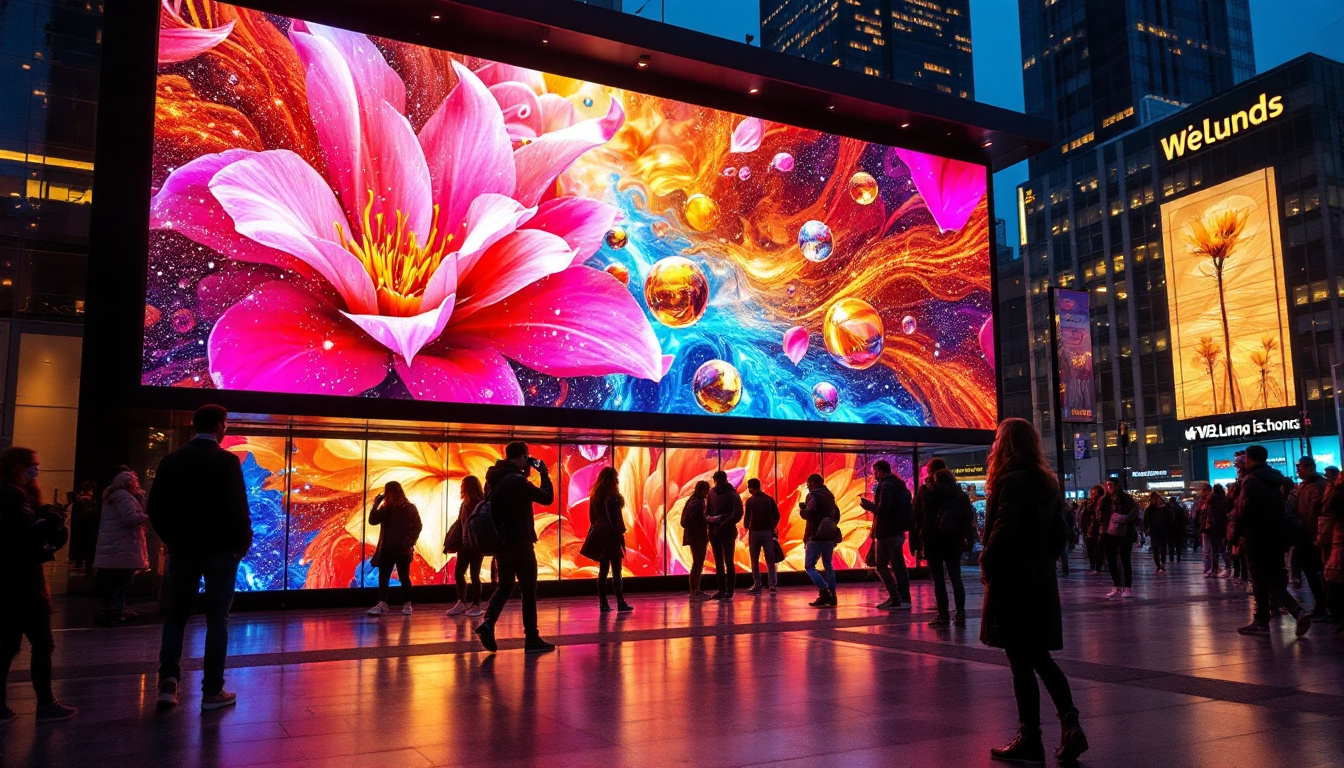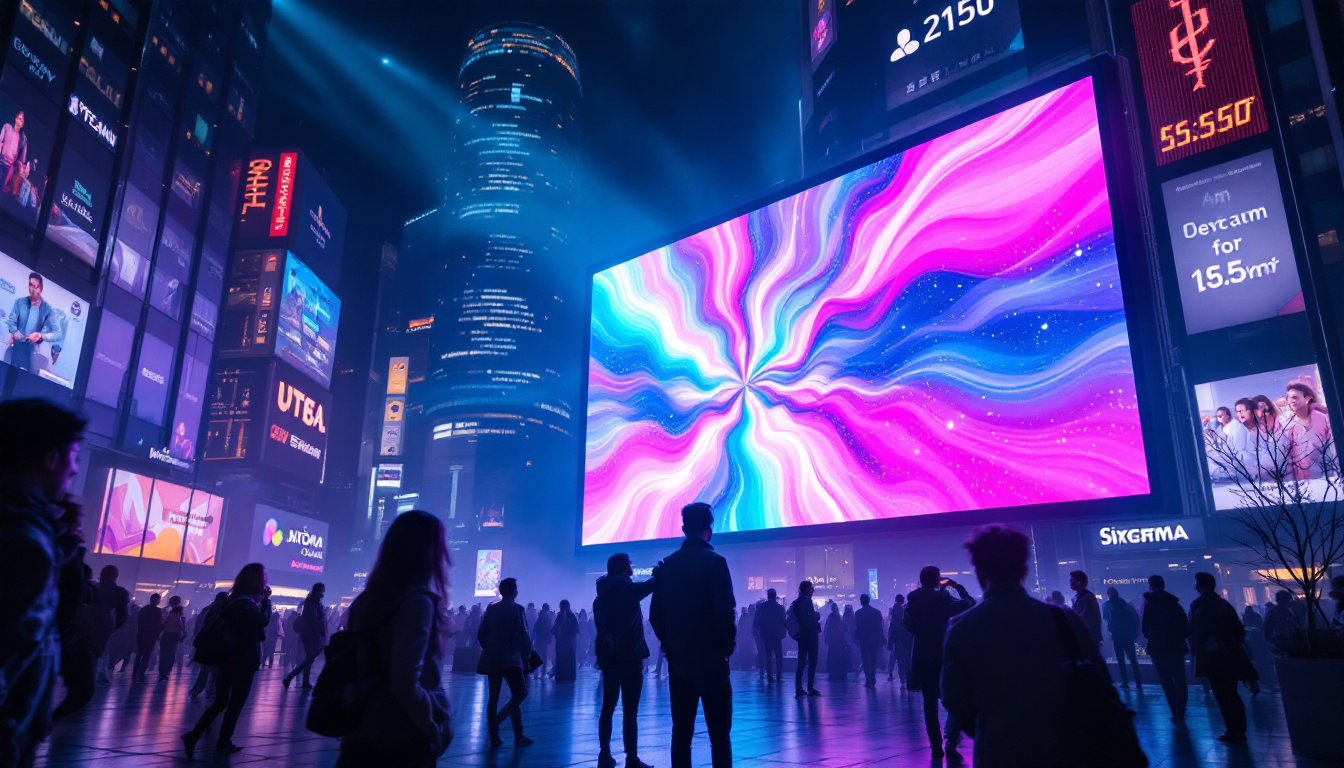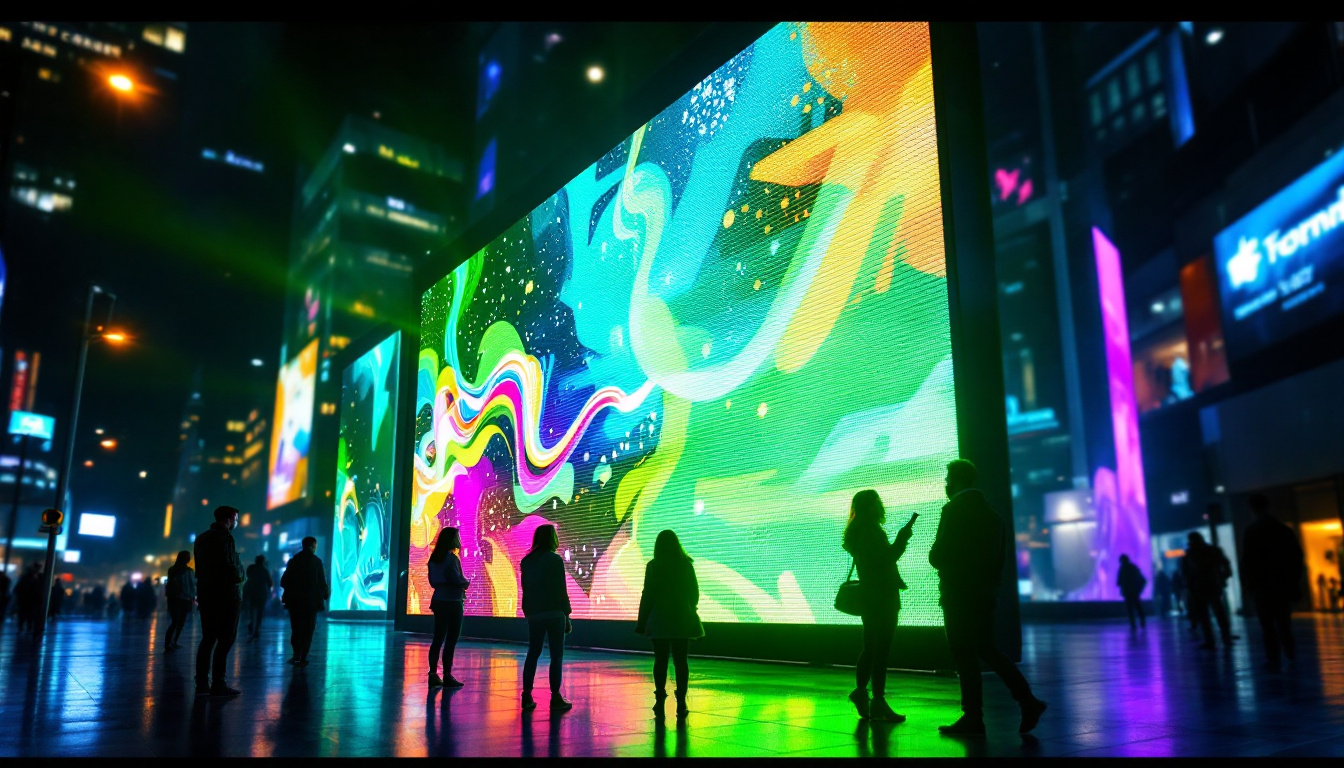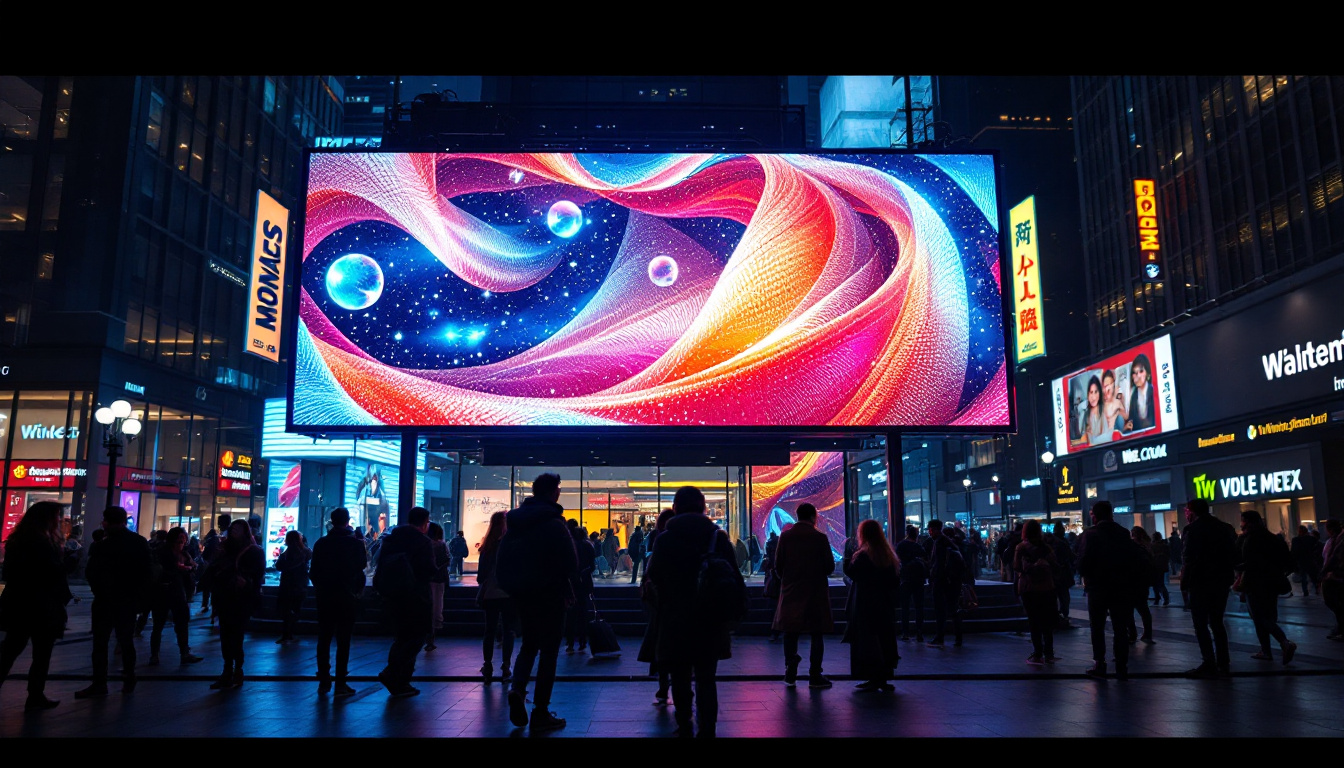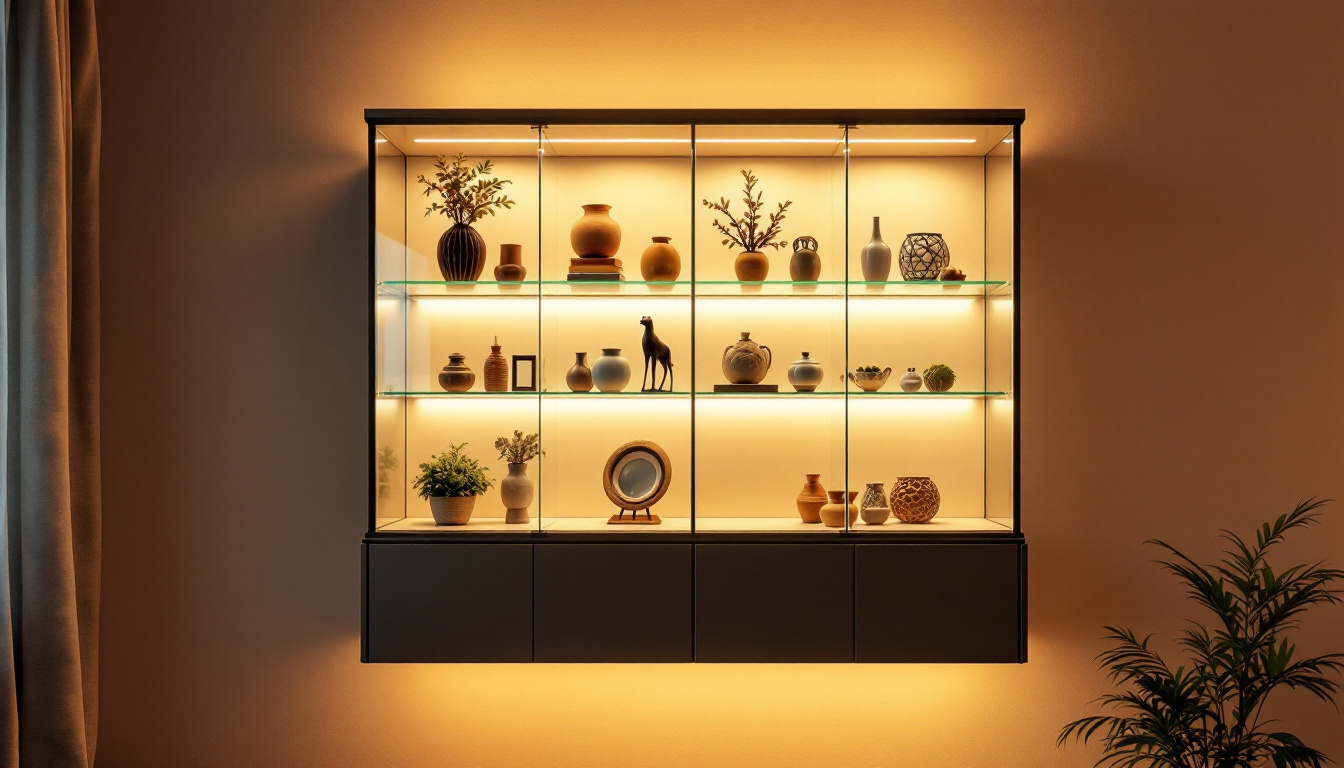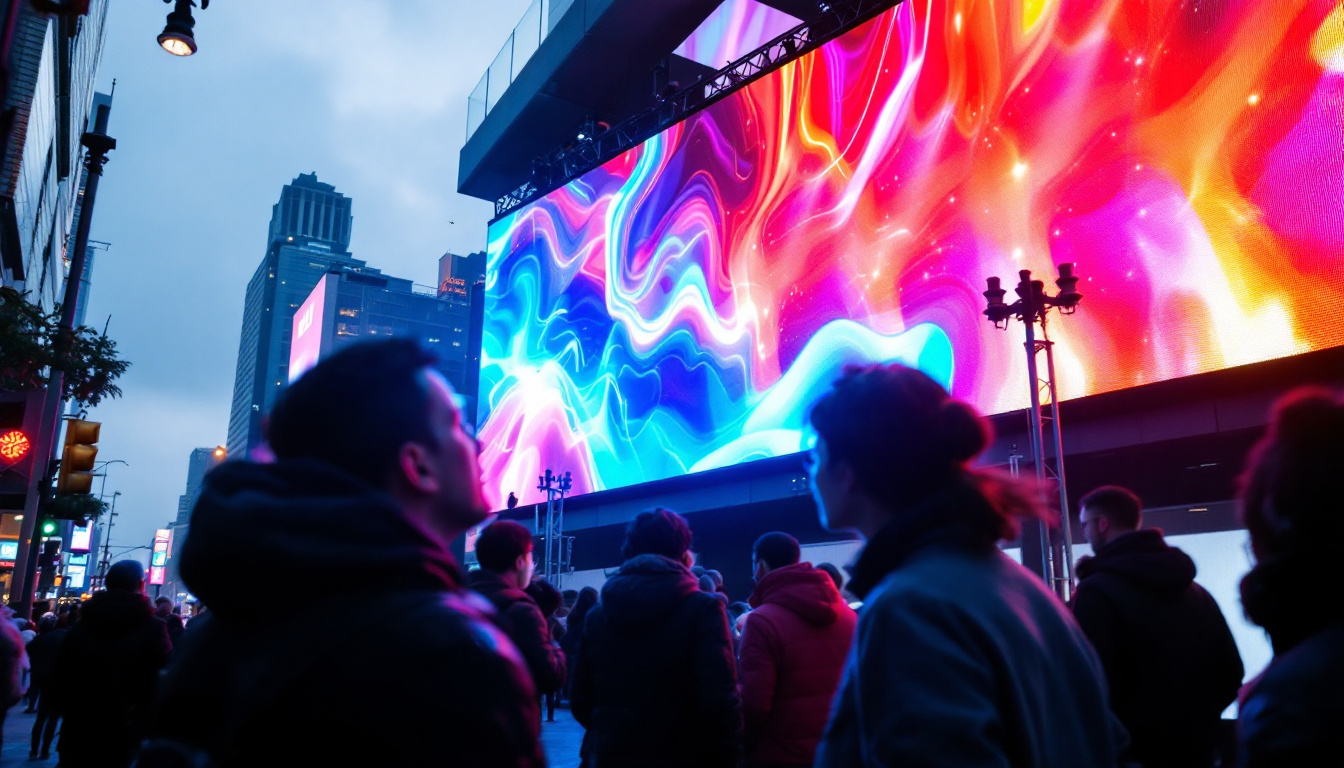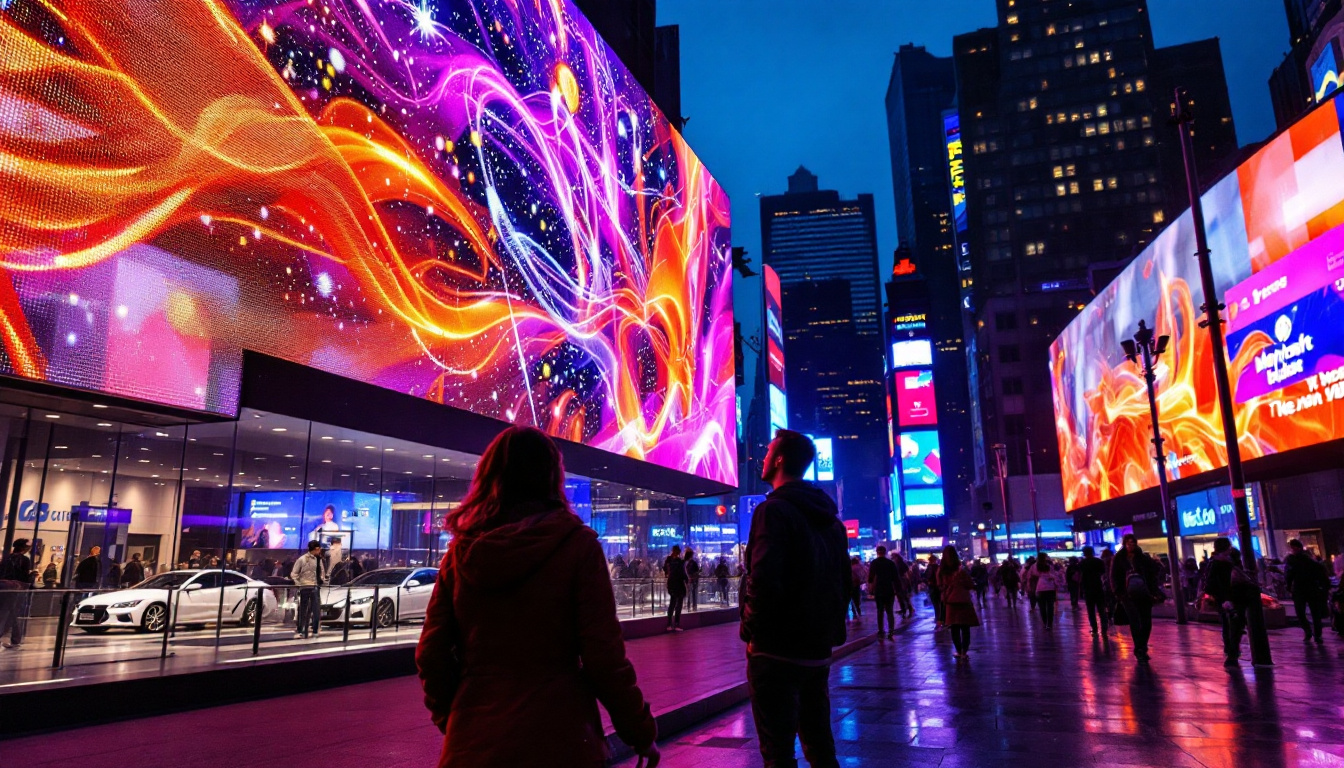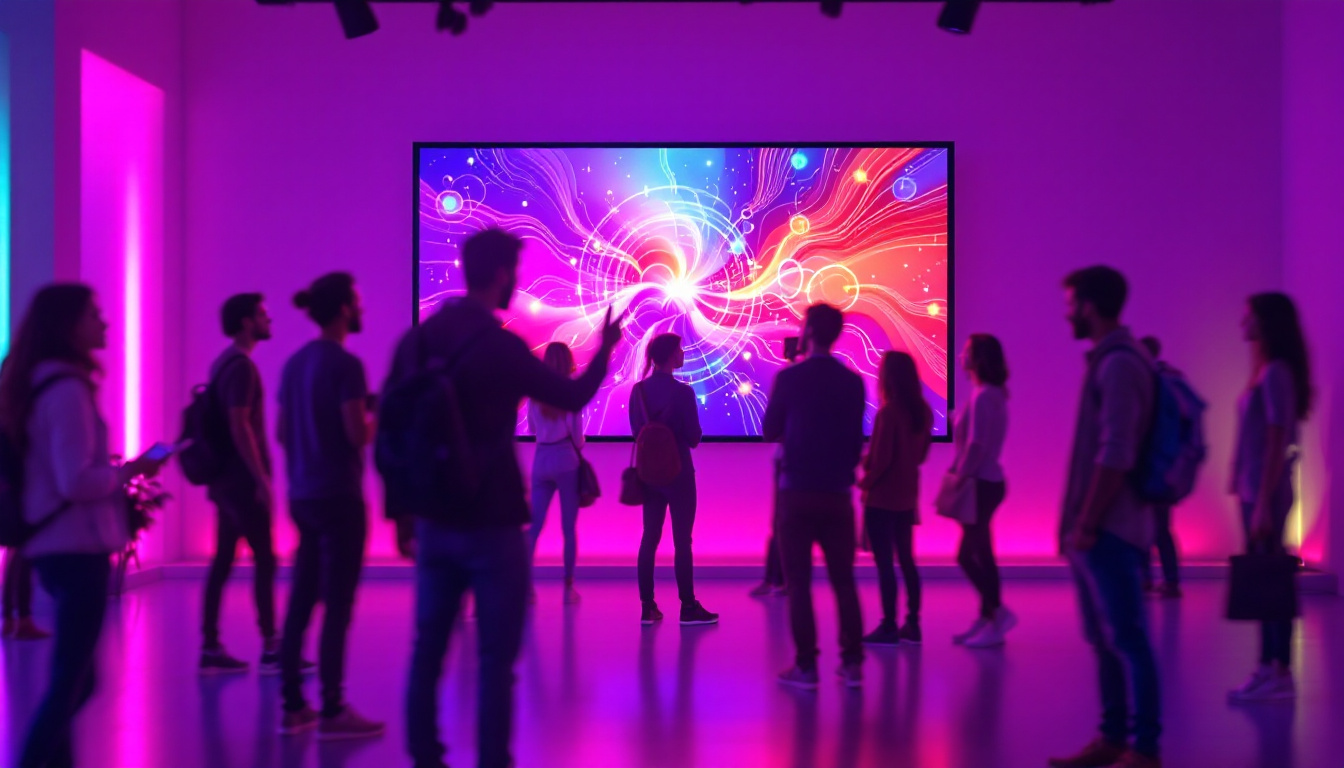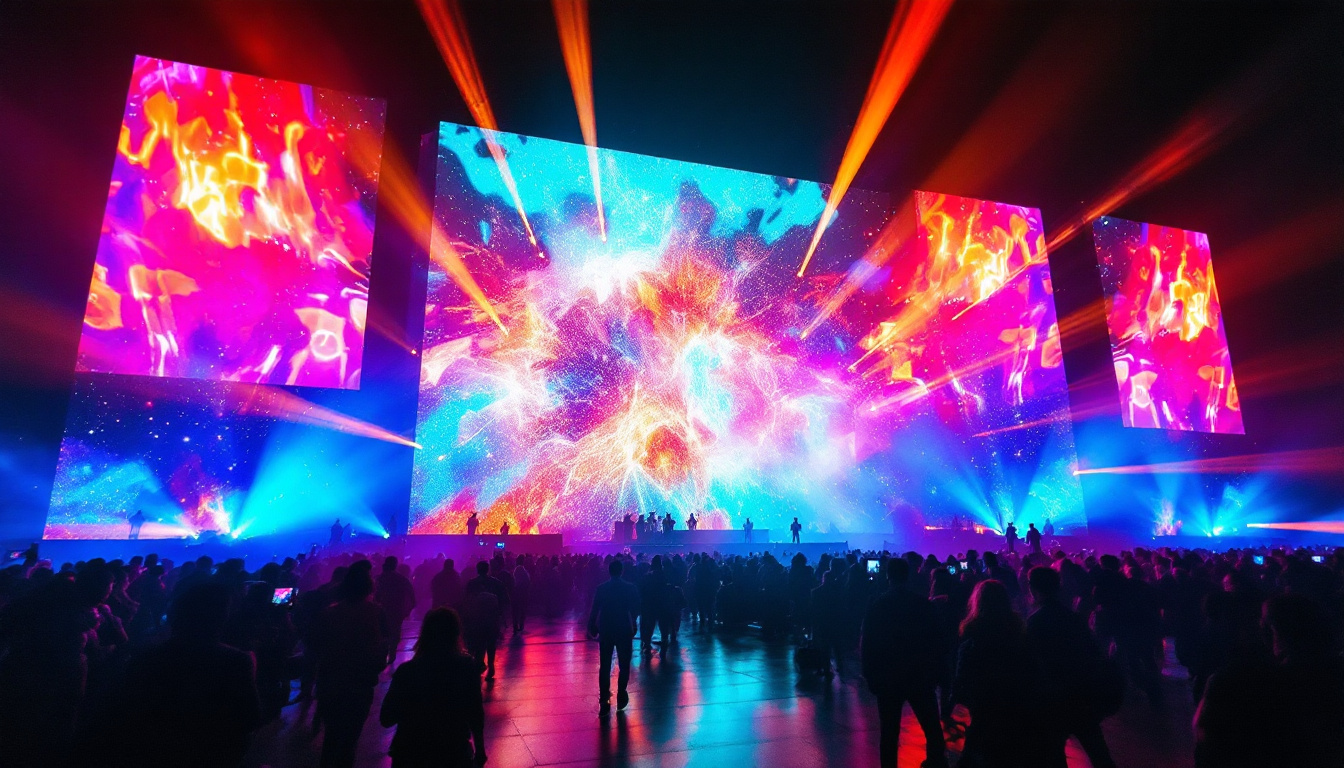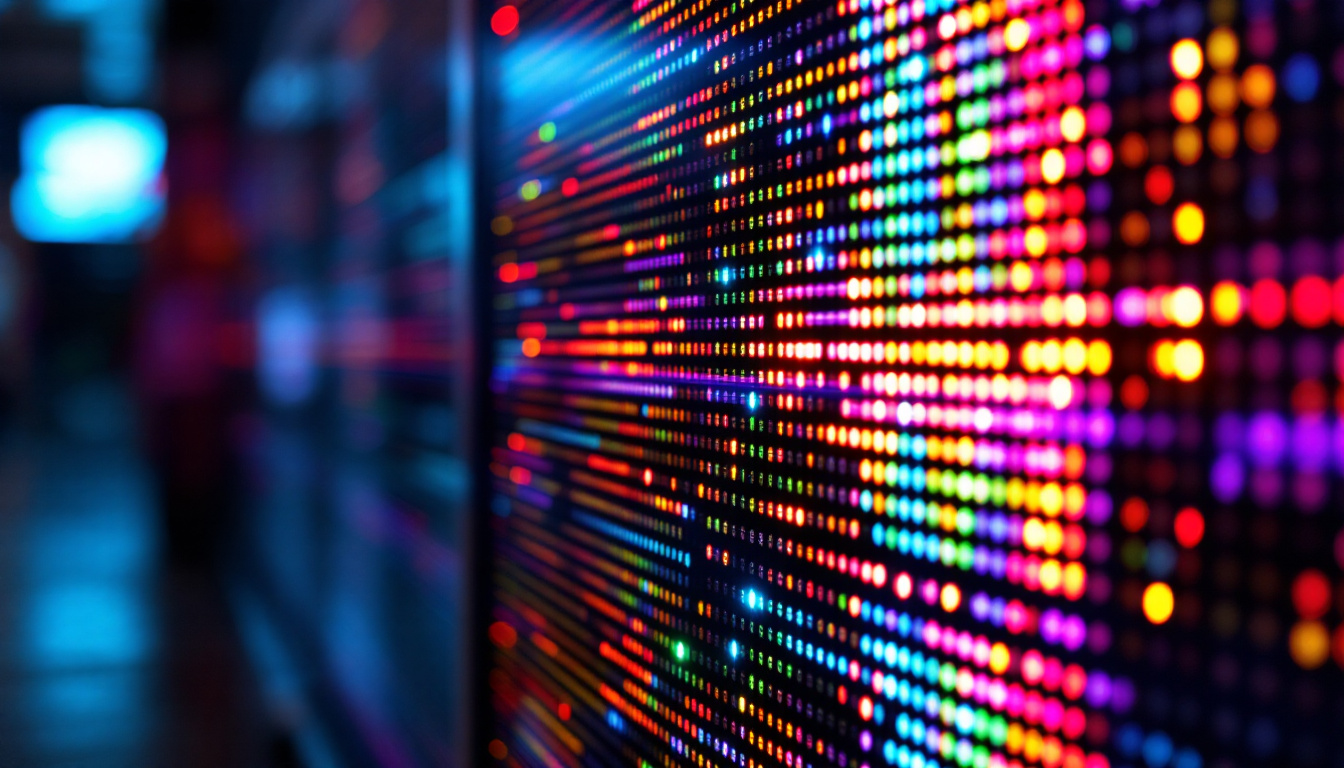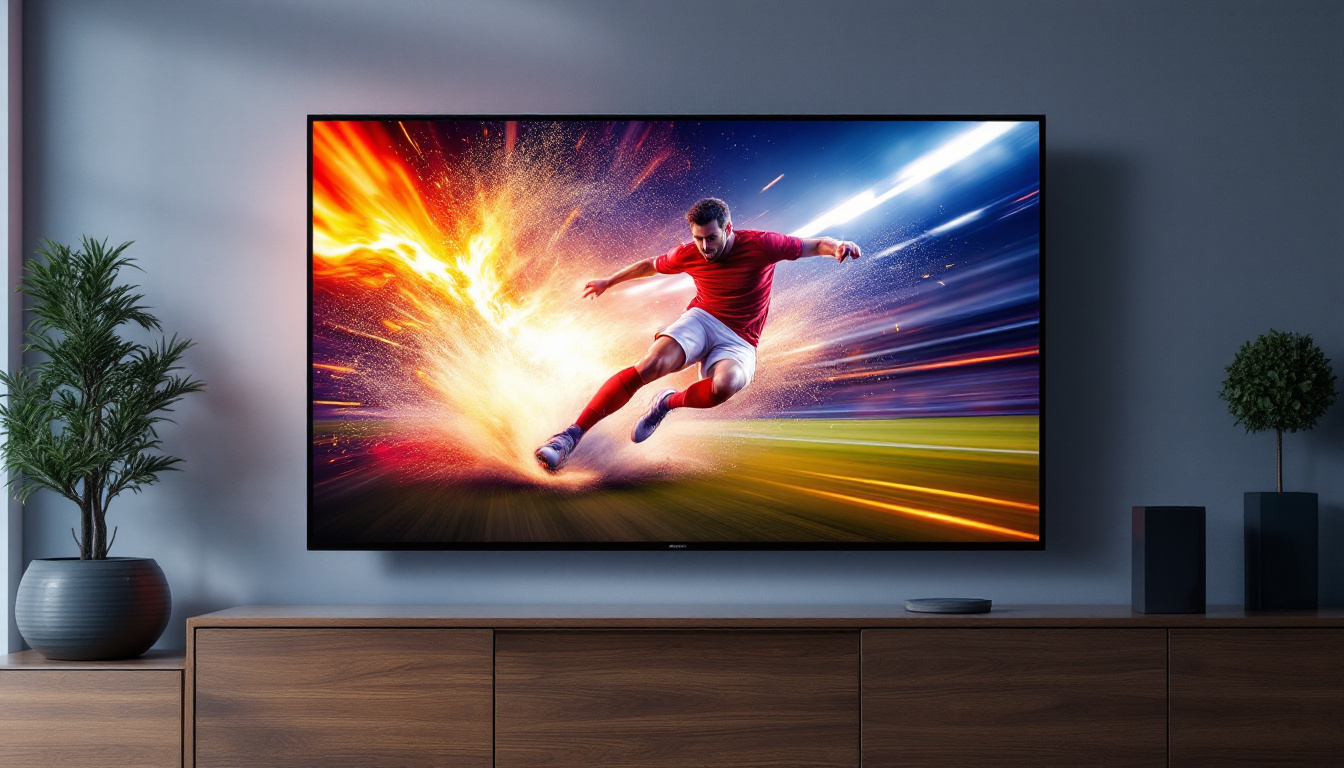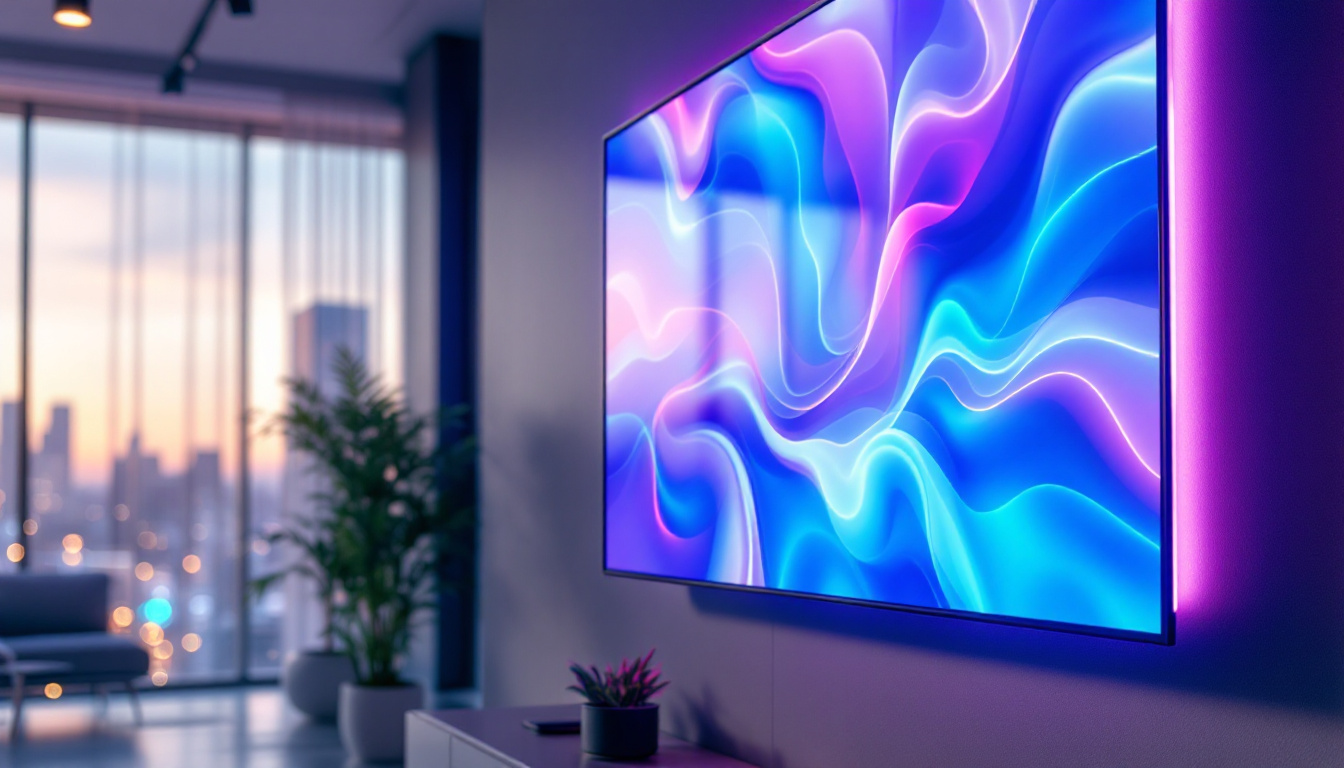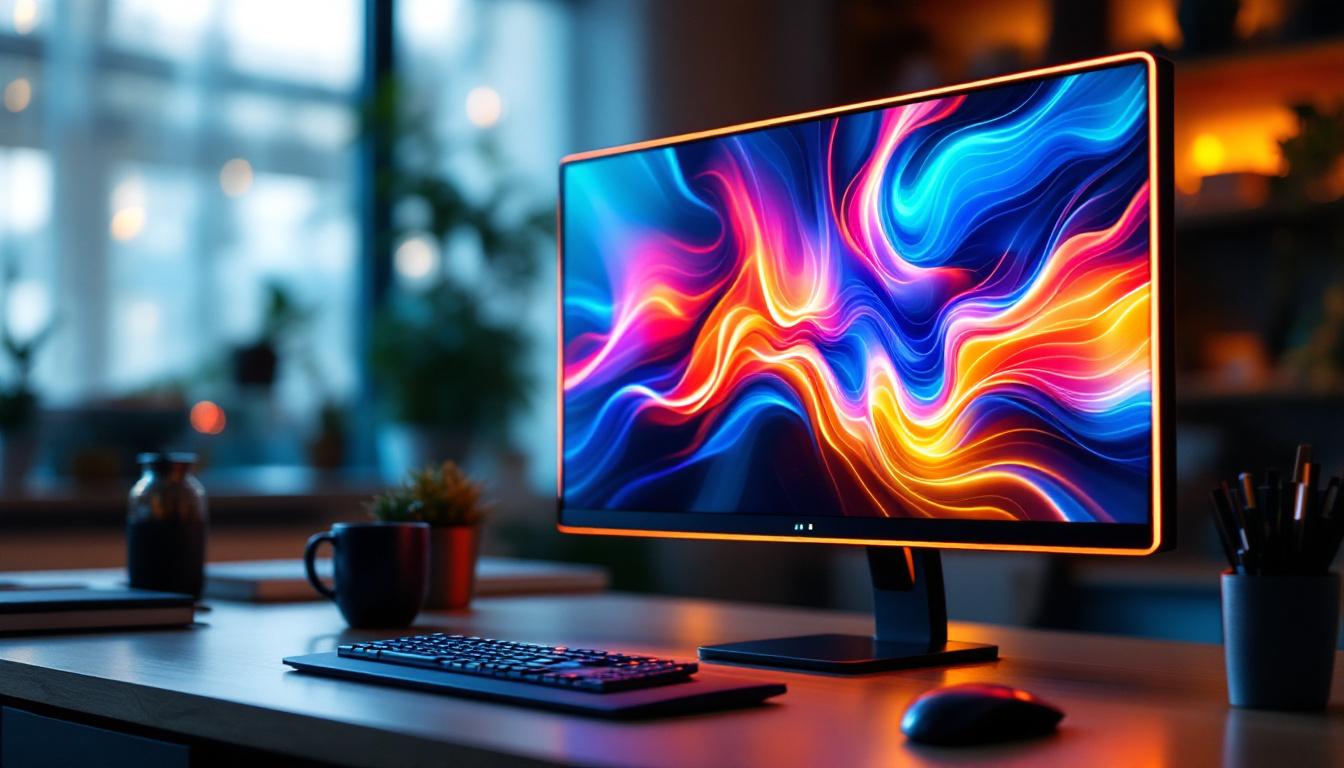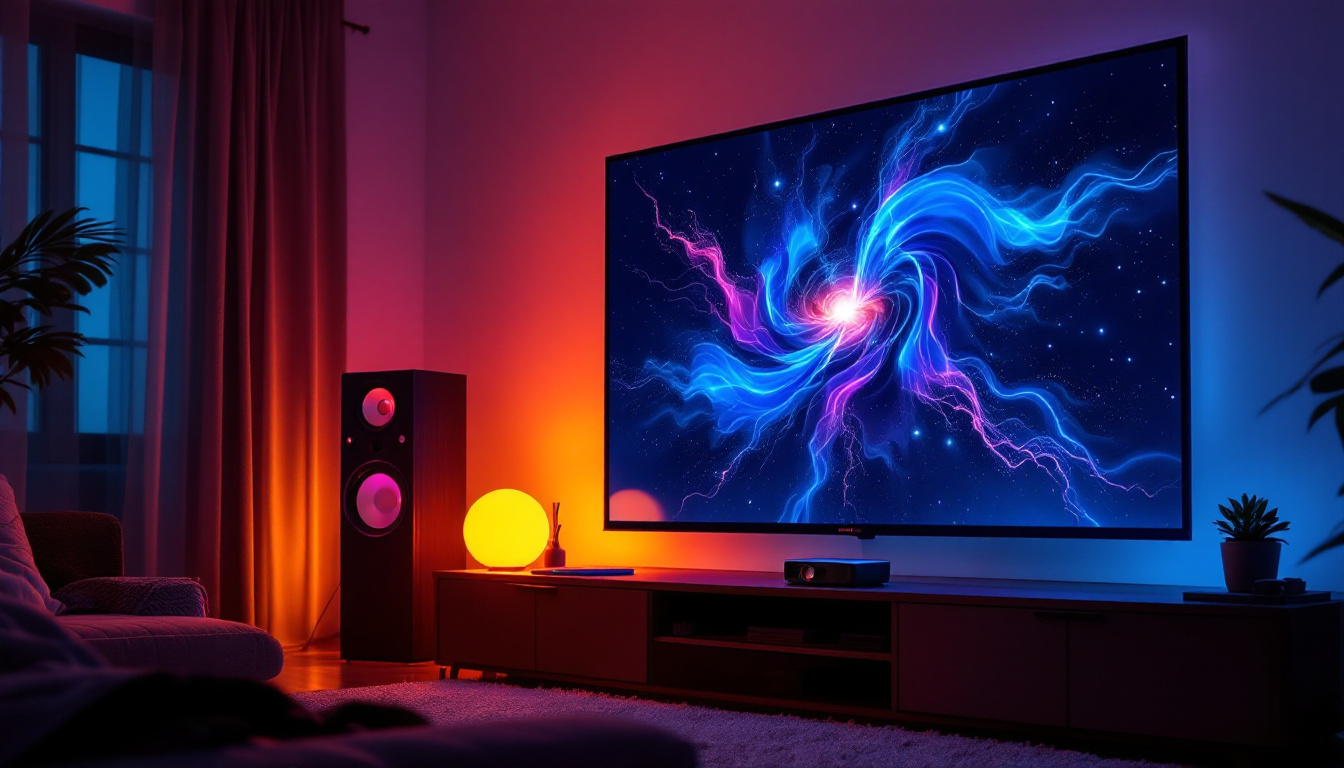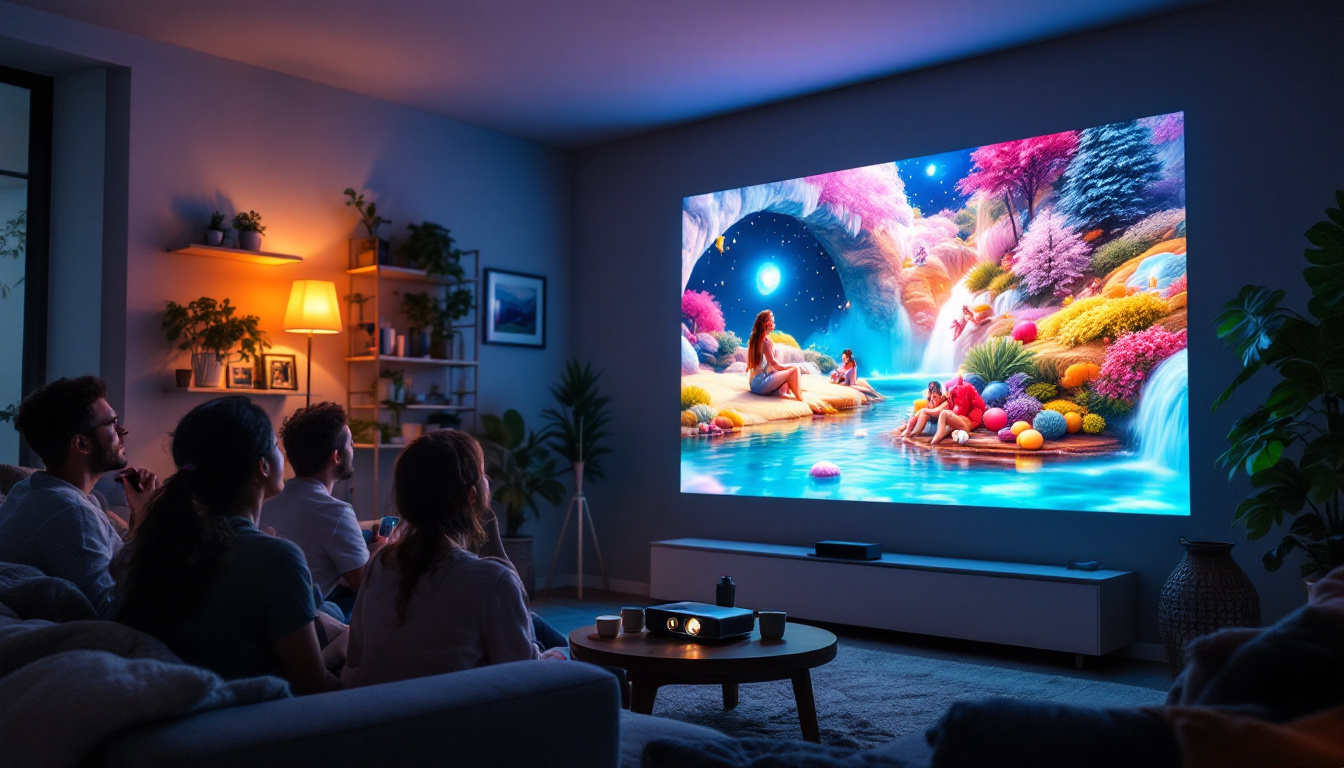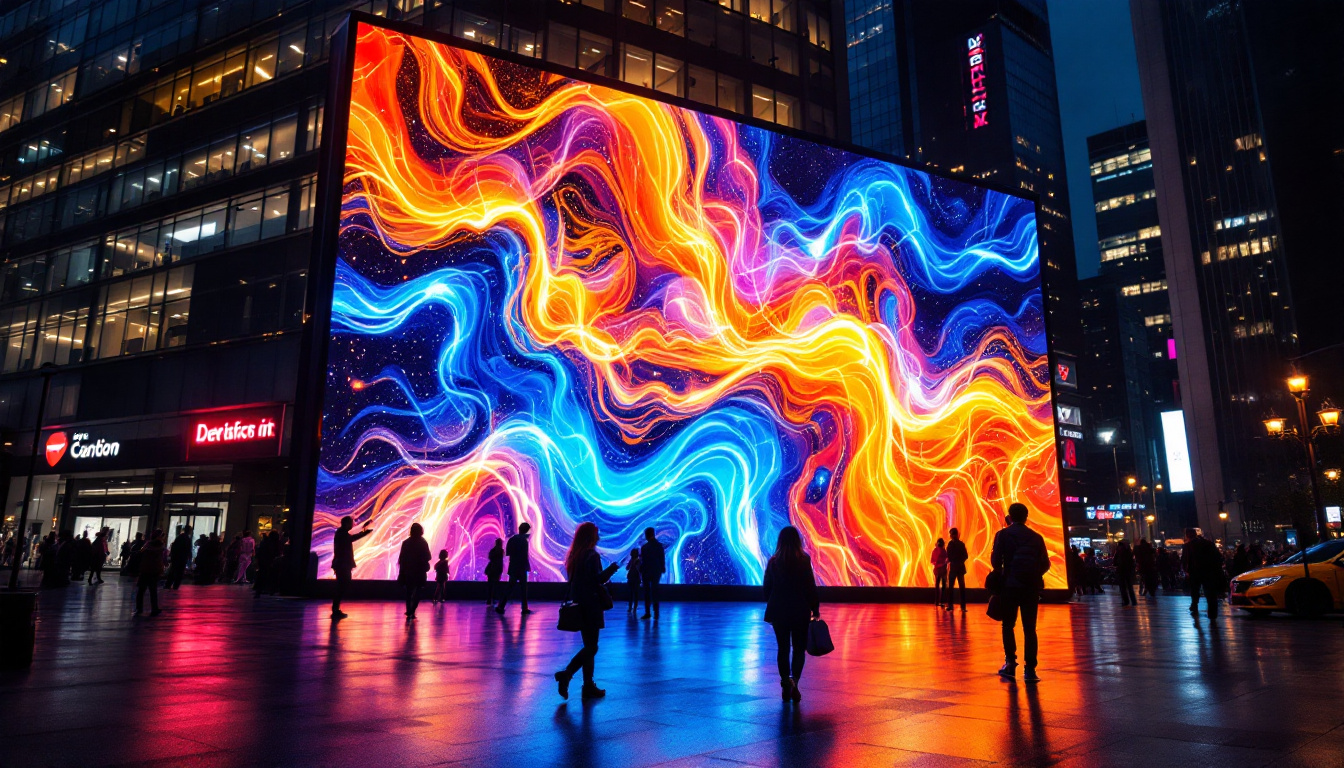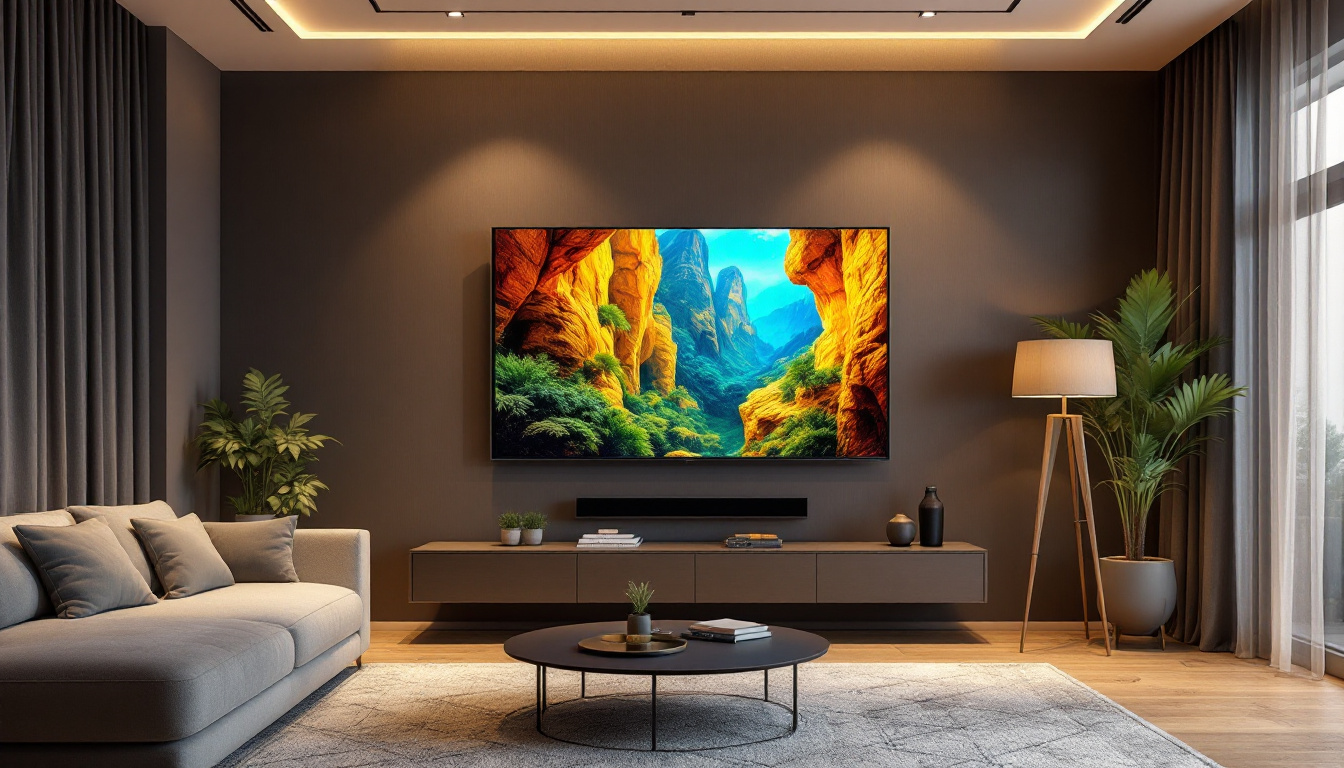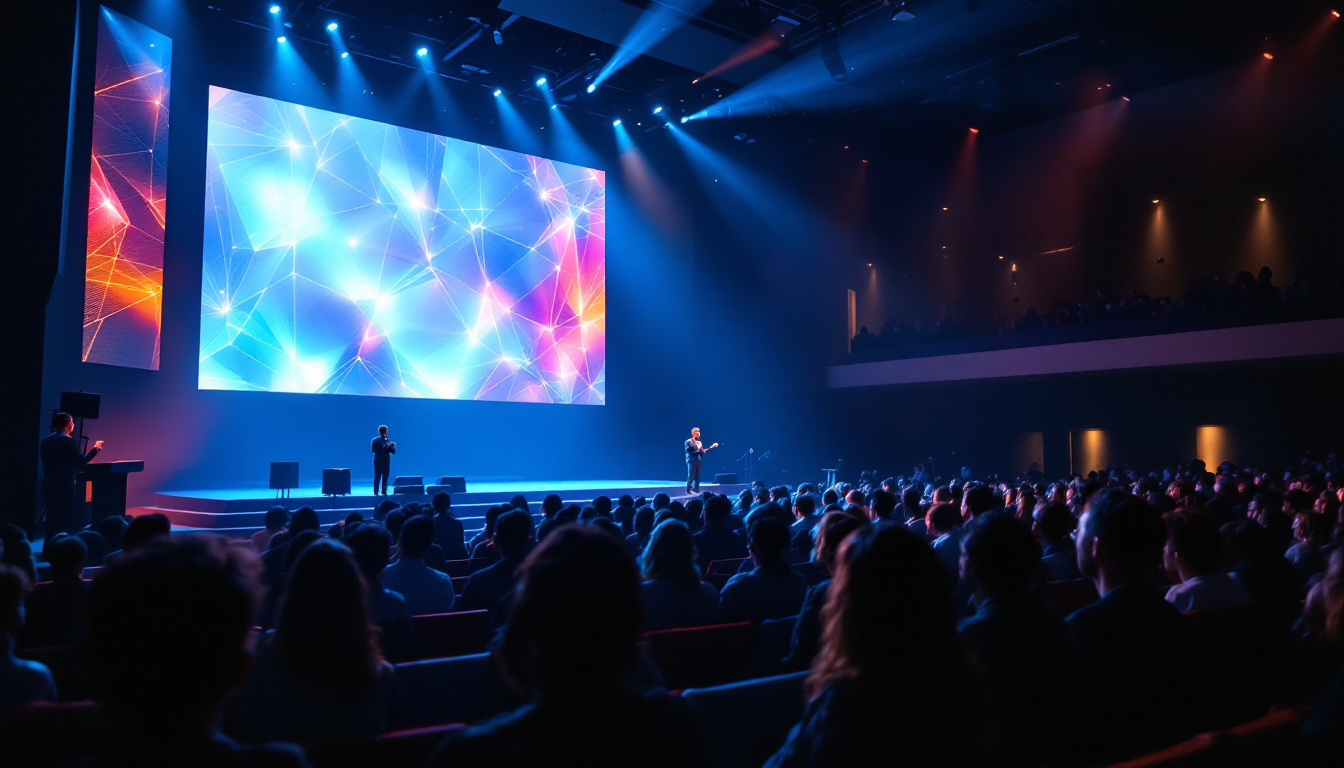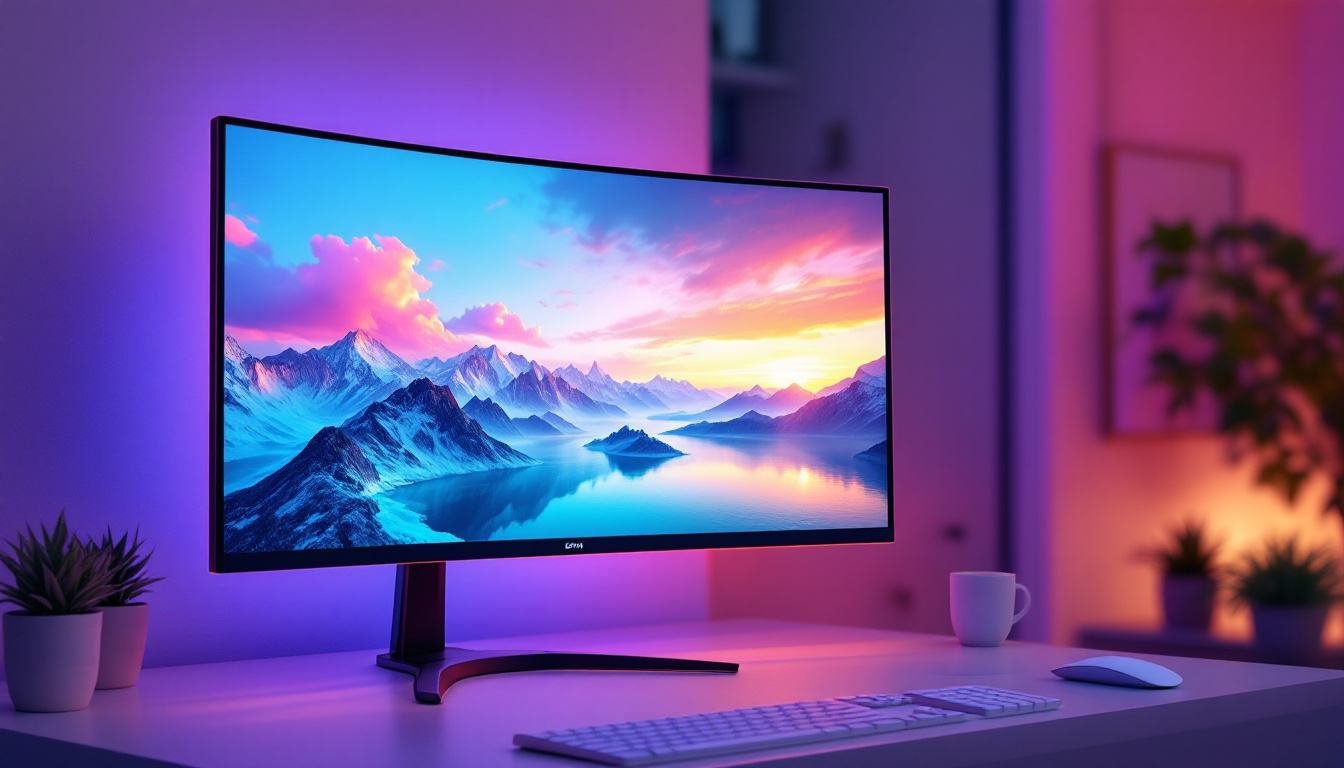Introduction to Polygons
Polygons are fascinating geometric figures that consist of straight lines connecting a series of points. These shapes can range from simple triangles to complex forms with numerous sides. Among these, a 16-sided polygon is known as a hexadecagon. Understanding the properties of such shapes can provide insights into various applications, including technology and design.
In this article, we will explore the characteristics of hexadecagons, their mathematical significance, and how they relate to modern technology, specifically in the context of LED displays. The intersection of geometry and technology is not only intriguing but also essential for various fields, including engineering, architecture, and digital design.
Hexadecagons, like other polygons, can be classified into regular and irregular types. A regular hexadecagon has all sides and angles equal, which allows for a range of symmetrical properties that are useful in design and aesthetics. These properties can be harnessed in various applications, such as creating intricate patterns in tiling and graphic design, where uniformity and balance are key elements. The study of regular polygons, including hexadecagons, also leads to fascinating explorations in trigonometry, as the angles and side lengths can be calculated using specific formulas, enhancing our understanding of spatial relationships.
Moreover, the relevance of hexadecagons extends beyond theoretical mathematics into practical applications. For instance, in the realm of LED displays, the design of pixel arrangements often employs hexadecagonal layouts to optimize light distribution and enhance visual clarity. This geometric configuration allows for more efficient use of space, enabling manufacturers to create high-resolution screens that are both compact and visually appealing. As technology continues to evolve, the principles of polygonal geometry, including those of hexadecagons, will undoubtedly play a crucial role in shaping the future of digital interfaces and visual communications.
What is a Hexadecagon?
A hexadecagon is a polygon with 16 sides and 16 angles. The term derives from the Greek word “hexadeca,” which means sixteen. Like other polygons, hexadecagons can be regular or irregular. A regular hexadecagon has all sides and angles equal, while an irregular one does not.
Properties of a Regular Hexadecagon
In a regular hexadecagon, each internal angle measures 157.5 degrees. The formula to calculate the internal angle of any polygon is given by:
Internal Angle = [(n – 2) × 180] / n
Where “n” represents the number of sides. For a hexadecagon, substituting n with 16 gives us the internal angle of 157.5 degrees. Additionally, the exterior angles of a regular hexadecagon each measure 22.5 degrees, which can be calculated using the formula:
Exterior Angle = 360 / n
This characteristic of the hexadecagon contributes to its symmetrical nature, making it a fascinating subject of study in both mathematics and geometry.
Visual Representation and Construction
Constructing a regular hexadecagon can be achieved through various methods, including geometric tools or computer software. When visualized, a hexadecagon appears as a complex yet symmetrical shape, often used in design elements for its aesthetic appeal. Its unique structure allows for interesting applications in art and architecture. For instance, hexadecagons can be found in tiling patterns and mosaics, where their angles fit together seamlessly to create visually striking designs. Furthermore, they can be utilized in modern architecture, where their geometric properties lend themselves to innovative building designs that challenge traditional forms.
In the realm of mathematics, hexadecagons also serve as a practical example for teaching concepts related to polygons and their properties. They can be used to explore the relationships between sides, angles, and symmetry, providing students with a hands-on approach to understanding geometric principles. Moreover, hexadecagons can be seen in various cultural symbols and logos, where their unique shape captures attention and conveys a sense of complexity and creativity. As such, the hexadecagon is not just a mathematical curiosity but a shape that bridges the gap between art, architecture, and education.
Hexadecagons in Technology
While hexadecagons may seem primarily relevant in mathematical contexts, they also find applications in technology, particularly in LED displays. Understanding how these shapes are utilized in digital screens can enhance comprehension of modern visual technology.
LED Display Basics
LED (Light Emitting Diode) displays are a popular choice for screens due to their brightness, energy efficiency, and versatility. These displays consist of numerous tiny LED lights that combine to create images and videos. The arrangement of these lights can take various geometric forms, including hexadecagons, depending on the design requirements.
Hexadecagons in LED Design
In the context of LED displays, hexadecagons can be used to create unique screen layouts. Their 16-sided structure allows for innovative arrangements that can enhance visual experiences. For instance, hexadecagonal panels can be combined to form larger displays or used individually for artistic installations.
The use of hexadecagons in LED design is not merely a matter of aesthetics; it also serves functional purposes. The angular nature of hexadecagons can facilitate better light distribution and viewing angles, ensuring that the brightness and color fidelity remain consistent across various perspectives. This is particularly important in environments where viewers may be positioned at different angles, such as in stadiums or public art displays. Moreover, the modular nature of hexadecagonal panels allows for easy scalability, enabling designers to create expansive installations that can adapt to different spaces and requirements.
Furthermore, the incorporation of hexadecagons into LED technology opens up new avenues for creative expression. Artists and designers are increasingly exploring geometric shapes to push the boundaries of traditional display formats. By utilizing hexadecagons, they can create mesmerizing patterns and dynamic visual effects that captivate audiences. This trend is evident in contemporary art installations and interactive displays, where the interplay of light and geometry transforms public spaces into immersive experiences. As technology continues to evolve, the role of hexadecagons in LED design is likely to expand, inspiring innovative applications and artistic endeavors.
Mathematics Behind LED Displays
The design and functionality of LED displays are deeply rooted in mathematics. Understanding the geometry of shapes like hexadecagons can aid in optimizing the layout and efficiency of these screens.
Pixel Arrangement and Density
In LED displays, each LED acts as a pixel. The arrangement of these pixels can significantly impact the display’s resolution and clarity. By employing shapes like hexadecagons, designers can maximize the number of pixels in a given area, leading to higher resolution displays. This geometric approach not only increases pixel density but also allows for innovative configurations that can adapt to various screen sizes and formats. For instance, using hexadecagons instead of traditional rectangular pixels can create a more compact arrangement, which is particularly beneficial in applications where space is limited, such as in mobile devices or wearables.
Color and Light Distribution
Hexadecagonal designs can also influence how light is distributed across a screen. The angles and sides of a hexadecagon allow for more uniform light dispersion, which can enhance the overall viewing experience. This is particularly important in large-scale displays where viewers are positioned at various angles. Moreover, the mathematical principles governing color mixing in LED displays are equally fascinating. By adjusting the intensity of red, green, and blue LEDs within each hexadecagon, designers can achieve a wide spectrum of colors. This capability not only enriches the visual output but also allows for dynamic content that can change based on environmental lighting conditions, ensuring that the display remains vibrant and clear regardless of the setting.
Applications of Hexadecagonal LED Displays
Hexadecagonal LED displays are not just theoretical constructs; they have practical applications across various sectors. From advertising to art installations, the versatility of these displays makes them an attractive option for designers and engineers alike.
Advertising and Marketing
In the advertising industry, eye-catching displays are crucial for attracting attention. Hexadecagonal LED panels can create unique and memorable advertisements that stand out in crowded environments. Their distinctive shape can draw viewers in, making them an effective tool for marketers.
Art and Installations
Artists and designers have begun to explore the use of hexadecagonal LED displays in their work. By integrating these shapes into installations, they can create dynamic visual experiences that engage audiences. The interplay of light and geometry can evoke emotions and provoke thought, making art more interactive.
The Future of Hexadecagonal Displays
As technology continues to advance, the potential for hexadecagonal LED displays is vast. Innovations in display technology could lead to even more creative applications and designs. The future may see these shapes utilized in ways that are currently unimaginable.
Advancements in Display Technology
With the rise of smart technologies and the Internet of Things (IoT), the integration of hexadecagonal displays into everyday devices could become commonplace. Imagine smart mirrors or interactive walls in homes that utilize these unique shapes to deliver information and entertainment seamlessly.
Environmental Considerations
As sustainability becomes a priority in technology, the design of LED displays will also evolve. Hexadecagonal shapes may allow for more efficient use of materials and energy, contributing to eco-friendly solutions in display technology. This shift could lead to displays that not only captivate audiences but also minimize environmental impact.
Conclusion
Understanding what a 16-sided shape is, specifically a hexadecagon, opens the door to exploring its applications in modern technology, particularly in LED displays. The intersection of geometry and technology showcases how mathematical concepts can influence design and functionality in the digital age.
As industries continue to innovate, the use of hexadecagonal shapes in displays will likely expand, offering new opportunities for creativity and efficiency. Whether in advertising, art, or everyday technology, the hexadecagon serves as a reminder of the beauty and utility of geometric forms in our world.
In conclusion, the exploration of hexadecagons and their role in LED displays illustrates the profound connections between mathematics, design, and technology. As we move forward, embracing these shapes will undoubtedly lead to exciting developments in visual communication and beyond.
Discover Hexadecagonal LED Display Solutions by LumenMatrix
Embrace the future of visual communication with LumenMatrix’s innovative LED display technology. As a leader in the industry, LumenMatrix offers a wide array of LED display solutions, including Indoor and Outdoor LED Wall Displays, Vehicle LED Displays, LED Poster Displays, LED Sports Displays, Floor LED Displays, Custom LED Displays, All-in-One LED Displays, and LED Transparent Displays. Our mission is to enhance your brand visibility and create immersive visual experiences that captivate and engage. Ready to transform your space with cutting-edge LED technology? Check out LumenMatrix LED Display Solutions and see the difference for yourself.

